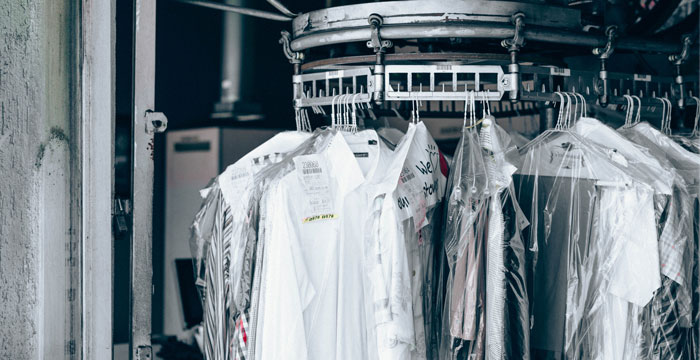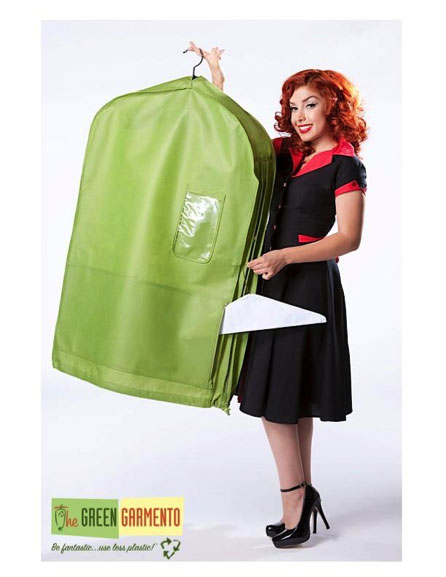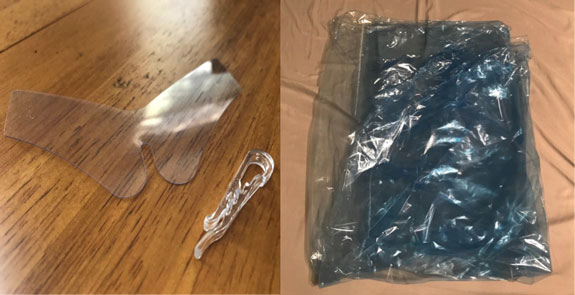
The Abundance of Plastic in My Dry Cleaning & How I Reduced It
Until I started working for a company that required a business casual dress code, I never used a dry cleaner. With a full work wardrobe, I admittingly struggle with cleaning and ironing these myself.
After a heartfelt goodbye to jeans and sneakers, I started getting my clothes cleaned and pressed through a local dry-cleaning business, for convenience. It’s an awesome feeling to be able to throw my clothes in a hamper and drop them off to magically transforming them into neat little presents.
I never thought how something used to my life easier could generate so much unnecessary material.
The Plastic Plight of Dry cleaning
It wasn’t until receiving my first batch of clothes back that I thought about how much plastic goes into keeping everything tidy. Seeing all my dress shirts and pants wrapped up made me realize how much effort (and waste) was put into each package. Along with the low-density polyethylene film coating my shirts and pants, there were little plastic collar stays and pins that kept my shirts together.
After researching this plastic film, I realized that curbside recycling services cannot correctly funnel this material to get it appropriately processed. Like plastic grocery bags, this film is non-biodegradable, often sitting in such landfills for an indeterminant amount of time.
According to Michigan’s Emmet County Recycling economic development liaison Lindsey Walker, “plastic film is one of the most commonly used packaging materials. It is estimated that more than 3 billion pounds of recoverable residential plastic film is generated each year in the United States, and 96 percent of it ends up in landfills.”
Fortunately, if this plastic is clean, dry, and channeled to the right facilities, it can be recycled into composite lumber with many different practical applications – but that depends if a facility is nearby.
How to Reduce Dry Cleaning Plastic
Thinking about my own footprint, I considered a few options to reduce the plastic film:
- Ask if there was a plastic-free option.
- Ask if they could recycle the plastic on-site.
- Find a place to recycle plastic film along with my plastic shopping bags.
- Remove the film completely
Enter the reusable garment bag that offers an easy to carry hamper as well as garment bag to bring your laundry to and from the dry cleaners. After a little negotiation with the cleaners, it seemed as though this was the most viable option to eliminate this thin plastic film that only gets used to cover your clothing for a sliver of time.
via www.thegreengarmento.com
With the plastic collar stays and pins that I found all over my shirts, I put them in a small bag along with the flimsy metal coat hangers that they supply. My dry cleaners have been using the same plastic pieces and metal hangers that I’ve been returning to them. What good is there in hoarding or tossing these cheap accessories that are used just for packaging and carrying my clothes back and forth my home? I am hopeful that these small acts will bring more mindfulness to plastic, rather than perpetuating this cycle of throwing them away after one single use.
The most ideal and “greener” solution could be doing your laundry and ironing these pieces of clothing at home. Supporting local dry cleaners that are committed to providing convenience for you and being mindful of your carbon footprint can also make a difference.
Photo by Nathan Dumlao on Unsplash










